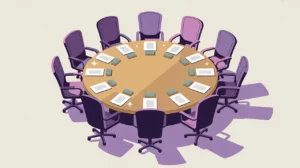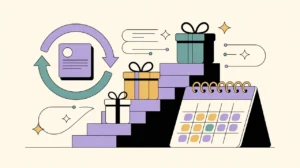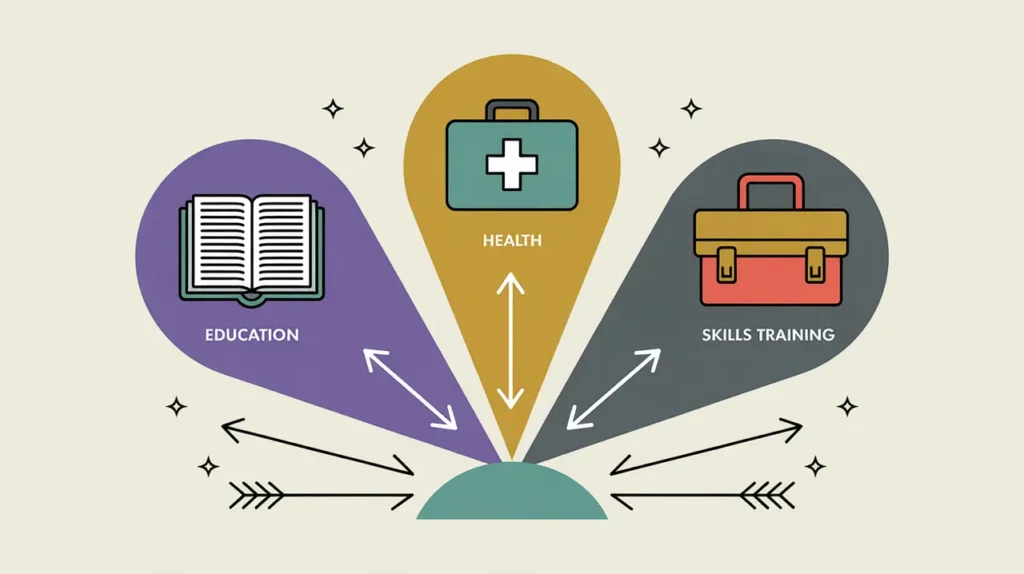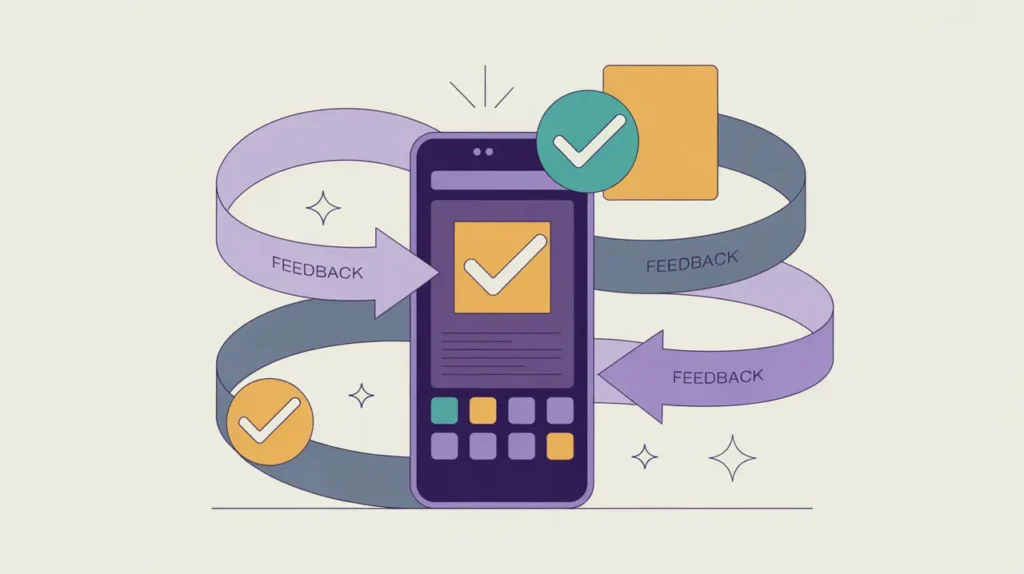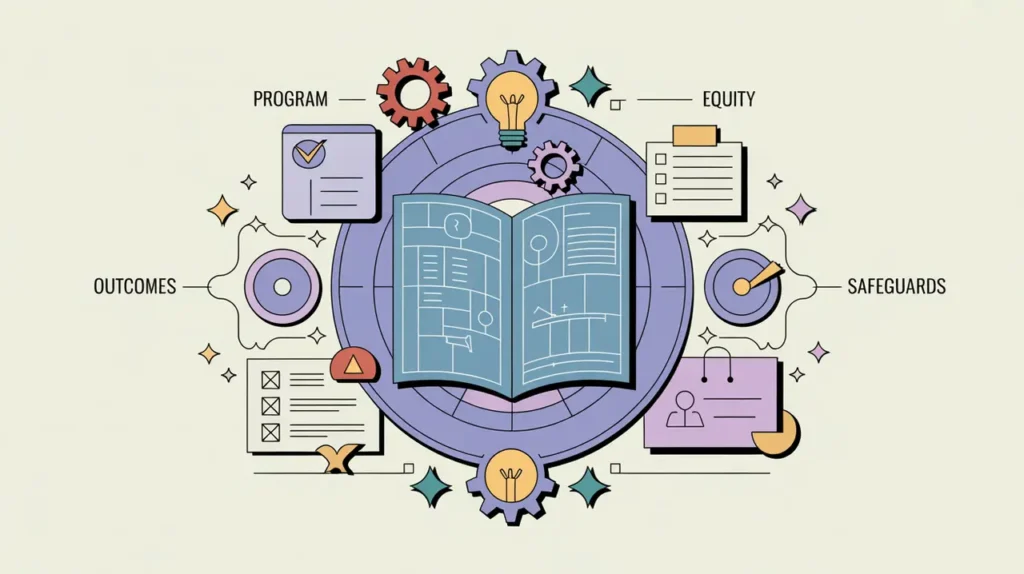What Does Program Development Involve?
Program development is the stage where design moves from blueprint to readiness. While program design establishes objectives, activities, and frameworks, development focuses on securing the resources, partnerships, and systems that make those plans actionable. It is where concepts are stress-tested against operational realities. It is also where budgets finalized, staffing structures confirmed, and partner roles negotiated.
This stage is critical because it determines whether a program is viable. Development ensures that the right conditions exist for implementation, including financial commitments, legal permissions, and operational partnerships. It is also the stage when donor proposals are refined and submitted, often requiring alignment between technical design and funder priorities.
Program development is where the “rubber meets the road” before piloting and implementation. Without rigorous development, even the best-designed program may stall due to lack of funding, unclear roles, or weak infrastructure. Done well, development sets the stage for smooth piloting and delivery by establishing trust with partners, ensuring compliance, and confirming that all necessary resources are in place.
What Competencies are Associated with this Role?
Program development requires both strategic and operational skills. Key competencies include:
- Drafting and finalizing donor proposals and budgets
- Structuring partnerships and memoranda of understanding (MOUs)
- Building staffing structures and job descriptions
- Developing procurement plans and vendor lists
- Conducting risk assessments and mitigation planning
- Securing regulatory or government approvals
- Aligning program plans with donor compliance requirements
- Setting up systems for financial tracking and reporting
- Coordinating timelines across partners and departments
- Preparing communication materials for donor and stakeholder engagement
How Might AI and Automation Help this Role?
AI and automation can make program development more efficient and data-driven. Opportunities include:
- AI-assisted proposal drafting from program design inputs
- Automated budget modeling and cost scenario analysis
- Workflow automation for partner due diligence and compliance checks
- Contract and MOU template generation with compliance prompts
- Risk heatmaps created from historical program or sector data
- Automated scheduling and coordination across partner calendars
- Generative AI for donor-facing decks and communication briefs
- AI translation tools for cross-border partnership agreements
What are the Roles by Experience Level?
Program development involves both programmatic and operational staff:
- Entry: Program Assistant, Development Support Officer – compile documents, manage templates, support proposal submissions
- Mid: Program Officer, Partnership Coordinator – draft proposals, coordinate partner inputs, prepare budgets, manage compliance trackers
- Senior: Program Manager, Development Lead – negotiate partnerships, align program with donor priorities, oversee budget finalization, supervise submissions
- Executive: Chief Program Officer, Executive Director – approve proposals, cultivate donor relationships, secure government or board approvals
How Transferable are the Skills from this Role?
Program development builds skills that are highly transferable across sectors. Within nonprofits, staff can move into fundraising, operations, or program management. Beyond nonprofits, development skills align with project management, business development, and partnership management in the private sector. Competencies in budgeting, compliance, and negotiation also map onto roles in government and international agencies. Program development blends technical planning with external relationship management. It cultivates professionals who are comfortable bridging inside-outside dynamics; a capability that is valuable in almost any organizational context.

